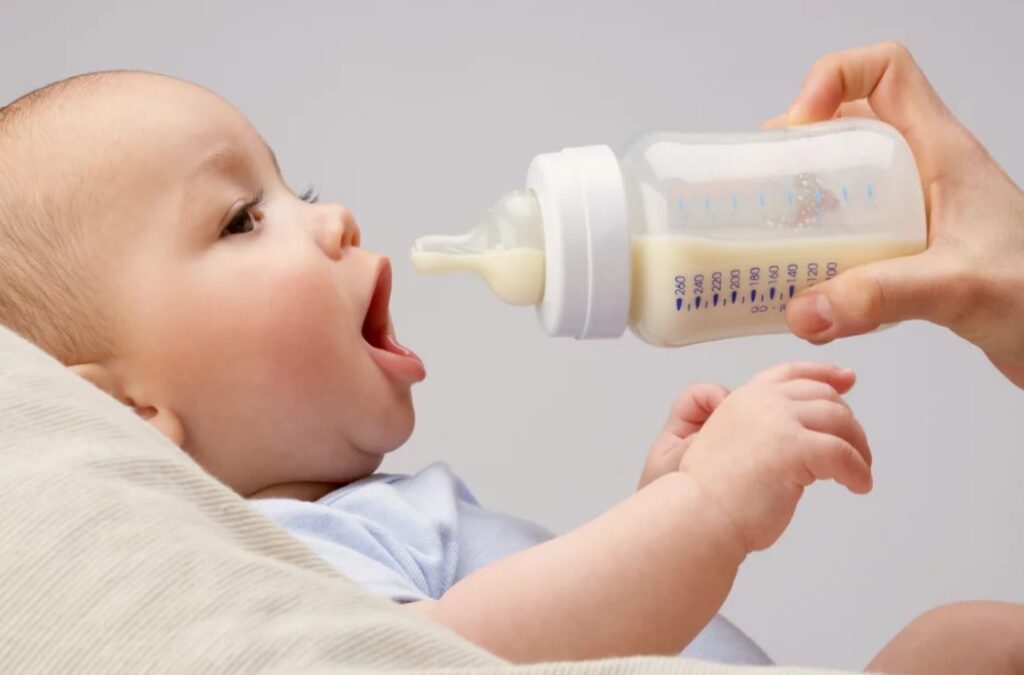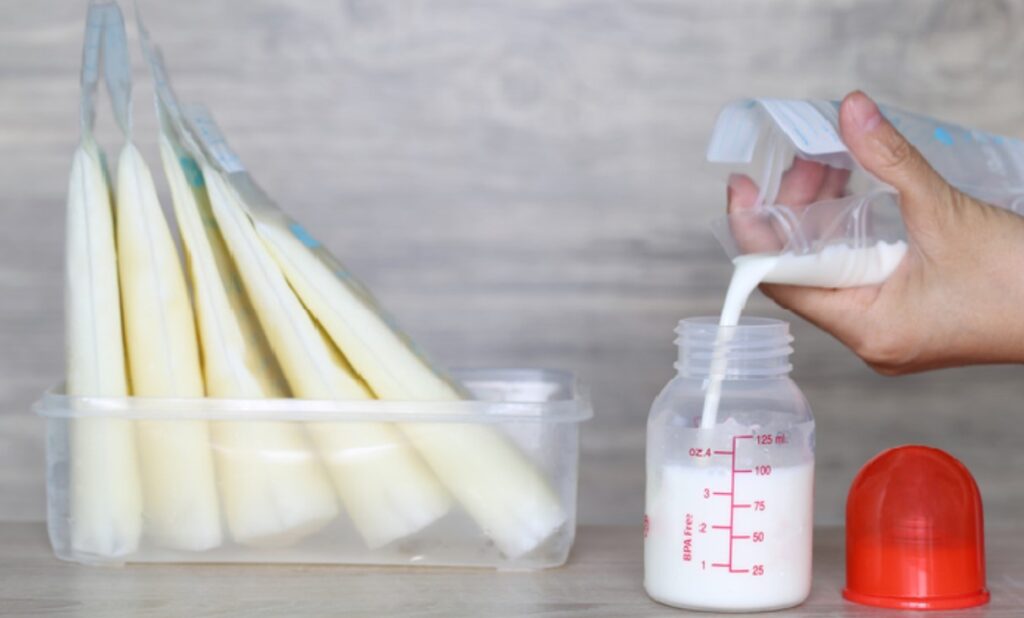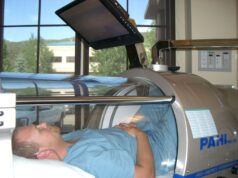
Iron is a mineral that has proven over and over again to be really vital for the growth and development of your baby. Its main role is the formation of hemoglobin, which is responsible for transporting oxygen throughout the body (most importantly the brain). Read more in this article about how much iron levels you really need.
SOURCES OF IRON

What makes iron so important is the heme that it contains. As stated earlier, heme is joined to globin to form hemoglobin. This in turn transports oxygen throughout the body. This single reason divides sources of iron into 2 groups: heme and non-heme iron.
- HEME IRON: This is the iron found mainly in animals. They were readily taken in by the body and don’t need additional substance to help with absorption. Examples are:
- Meats from animals like cow, goat, pig or lamb
- Seafood
- Chicken and turkey
- Eggs
- NON-HEME IRON: These are seen in plants and products like iron supplements. These are not easily taken in by the body so they need food or fruits high in vitamin c to help absorb them. Examples of non-heme iron are:
- Iron filled cereals
- Tofu
- Beans
- Lentils
- Leafy vegetables (dark green ones)
Sources of vitamin c to help absorb the iron are:
- Citrus (like oranges, grapefruits, lemons)
- Berries
- Papaya
- Tomatoes
- Broccoli
- Cabbage
- Sweet potatoes
DO INFANTS GET AN ADEQUATE AMOUNT OF IRON?

Most infants have a reasonable amount of iron stored in their system for at least the first 24 weeks of life, although this is greatly dependent on the duration of the mother’s pregnancy, the mother’s iron level in the blood, and the time taken to clamp the child’s umbilical cord. After 6 months, infants need sources of iron outside breastmilk to sustain themselves.
Breast milk supplies little iron; so, parents of children receiving only breast milk should talk to a dietician about whether their infant needs extra help with getting iron before they are halfway through a year.
P.S: If an infant is receiving only iron-filled infant formula, then additional iron supplements are not needed. An infant’s iron requirements can be met at 24 weeks by introducing iron-rich foods.
- Decrease in iron leads to decrease in heme which in turn decreases hemoglobin
- Decrease in hemoglobin means there is a decrease in the amount of oxygen that is being transported throughout the body.
- This causes a condition called anemia. There are many factors that leads to anemia, iron deficiency being one of them. Make sure your child undergoes the necessary tears so you are aware of your child’s condition.
HOW MUCH IRON DOES MY CHILD NEED

The iron requirement of a child is dependent on the diet, age and gestational age of the said baby. For example, a baby born prematurely (before 38 weeks) will require more iron in their nutrition than a full-term baby.
In terms of diet, a baby that is breastfed will either take iron supplement or start eating iron filled foods and vegetables (when they are at least 6 months of age) in order to boost their iron intake.
However, it is different if the baby in question is a bottle-fed baby. There are organic baby formula alternatives specifically made to boost your baby’s iron quantity. You can also introduce solid foods that are rich in iron. It is advisable to consult a dietician or pediatrician before you make such a decision.



